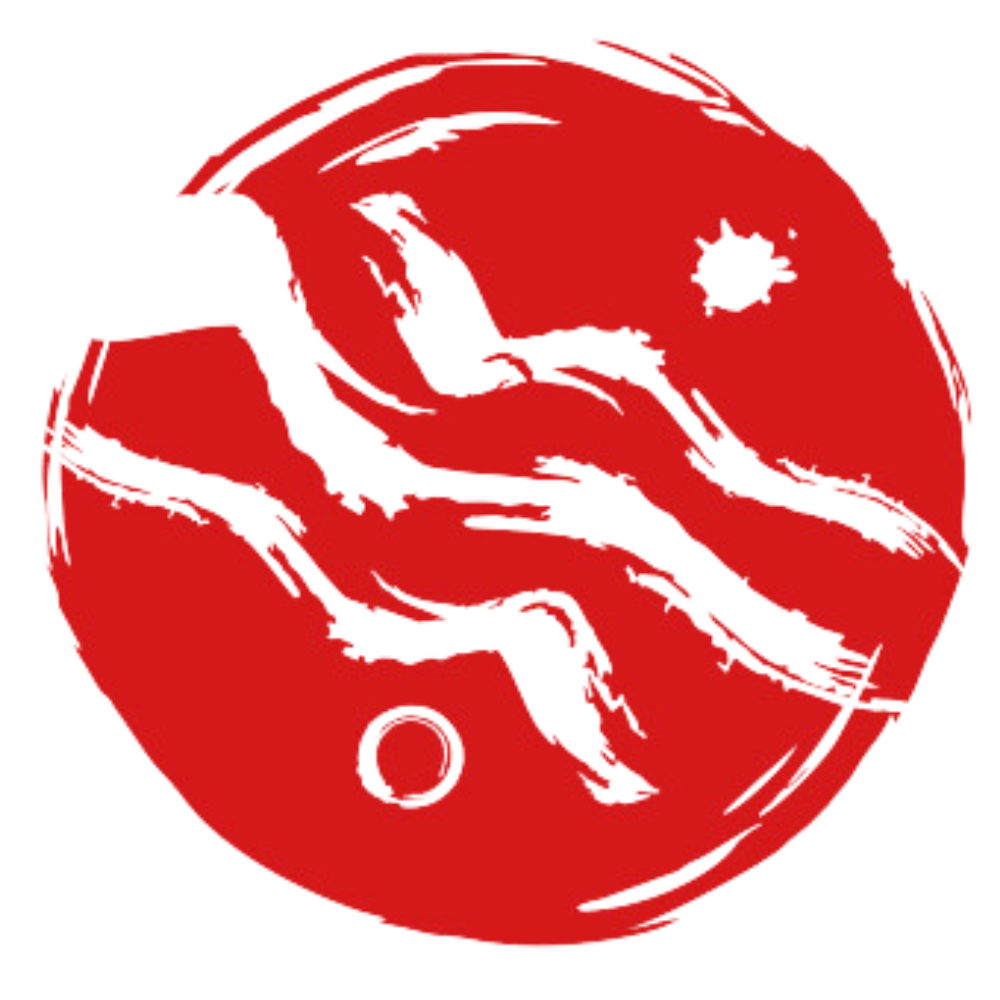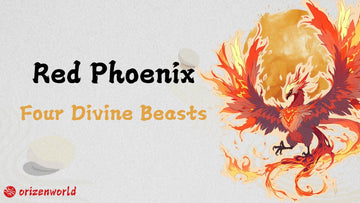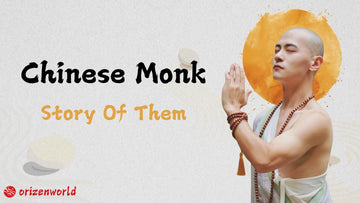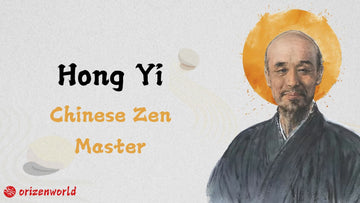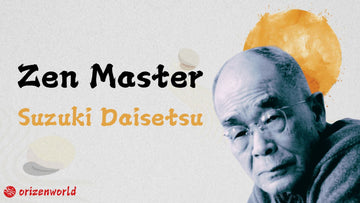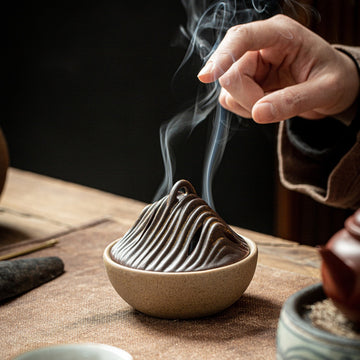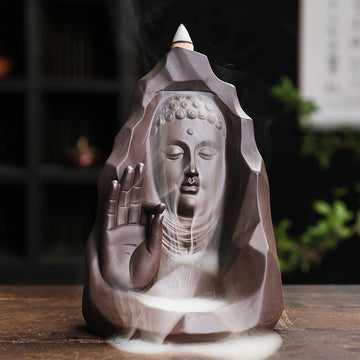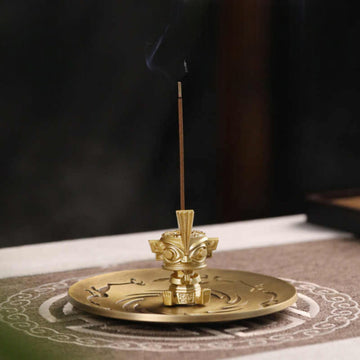I believe that bird worship exists in cultures worldwide. For example, the United States has the bald eagle as its national symbol. Today, I’ll introduce you to a mythical bird from Chinese mythology, one of the Four Symbols. Its name is Suzaku also known as the Vermilion Bird. Suzaku represents the South and is associated with fire, vitality, and passion. This divine bird is not only a powerful cultural symbol but also holds significant meaning in Feng Shui. Ready to learn more? Let’s dive in!
Suzaku, or the Vermilion Bird, originates from ancient Chinese astral worship. In traditional Chinese astronomy, constellations were divided into the Four Symbols, each representing a direction, a season, and a fundamental cosmic force. Suzaku is the guardian of the South, associated with the summer season, the fire element, and the Bagua trigram Li. In the Yin-Yang and Four Symbols theory, Suzaku embodies Lao Yang, representing peak yang energy.
Suzaku is also linked to Yan Di, the legendary Flame Emperor, reinforcing its fiery nature. Unlike the Western concept of the phoenix, Suzaku is not merely a bird of rebirth; it represents divine protection, transformation, and celestial power. It is often depicted as a magnificent red bird with flowing flames, soaring across the sky, symbolising vitality, honour, and the flourishing of life.
As one of the Four Celestial Beasts—alongside Azure Dragon, White Tiger, and Black Tortoise—Suzaku plays a crucial role in Feng Shui, astrology, and spiritual traditions. Each beast corresponds to a cardinal direction and influences energy flow within a space. In Feng Shui, Suzaku represents the front (or the South) of a property, signifying openness, expansion, and future opportunities.
In Feng Shui applications, ensuring an open, bright, and unobstructed front area enhances Suzaku’s influence, fostering recognition, success, and prosperity. The balance of all Four Celestial Beasts is essential for maintaining harmony and stability in one’s environment.
Suzaku, the divine beast of the South, takes the form of a majestic bird with a fiery red body, engulfed in eternal flames. As the guardian of the fire element, Suzaku is deeply connected to ancient solar worship. In Chinese mythology, birds have long been associated with the sun, and Suzaku embodies the purest essence of heat, energy, and transformation.
Many people mistakenly equate Suzaku with the Phoenix, but they represent different forces. While the Phoenix symbolises peace, prosperity, and harmony, Suzaku embodies unyielding willpower, rebirth through fire, and the courage to fight against destruction. In the classic text Shan Hai Jing, Suzaku is described as a crimson bird wreathed in flames, an independent celestial guardian rather than a variation of the Phoenix.
The appearance of Suzaku is often accompanied by blazing fire and radiant light, making it a powerful omen in ancient times. It was considered the supreme divine sign, foretelling the restoration of order and the arrival of hope. Unlike a peaceful messenger, Suzaku is a warrior of flames, cutting through darkness to forge a new world. It represents the relentless spirit of transformation, ensuring that light prevails over chaos.
In Feng Shui, the Four Celestial Beasts are closely tied to positive energy, wealth, and career success, and Suzaku is no exception. As the guardian of the South, Suzaku represents passion, vitality, and expansion. However, its beneficial influence depends on correct Feng Shui placement—if misaligned, Suzaku’s energy can manifest as conflicts, disputes, and legal troubles instead of prosperity.
Suzaku belongs to the Fire element in the Five Elements theory. Fire symbolises flames, enthusiasm, brightness, and rapid transformation. It is a force of progress, visibility, and ambition, making it particularly influential for those seeking fame, leadership, and recognition.
In divination, Suzaku’s energy is often associated with quick action and positivity, but it also carries the potential for restlessness, impulsiveness, and instability. When properly activated in Feng Shui, Suzaku enhances motivation, opportunities, and success, creating a dynamic and thriving environment. However, if fire energy is excessive or unbalanced, it may lead to aggression, impatience, and unnecessary disputes.
To fully harness Suzaku’s power, it is essential to follow the principles of Suzaku Feng Shui, which I will introduce in more detail next.
In Feng Shui, Suzaku's position, also known as the Ming Tang, refers to the area directly in front of a residence or building. This position is highly significant because it symbolizes one's future and progression, representing the path forward and the space for development. According to traditional Feng Shui principles, the ideal orientation for a home is facing south, with the back of the house facing north, due to the movement of the sun in the Northern Hemisphere. As a result, the Suzaku position is typically located directly in front of the house.
The layout of the Suzaku position is just as important as the positions of the Qinglong (Azure Dragon) and Baihu (White Tiger), which are the areas on either side of a space. The Feng Shui of the Suzaku position is often closely related to the front door, as it plays a crucial role in energy flow and prosperity. The correct placement of the front door in relation to Suzaku can influence a person's success and opportunities in life. In this article, I will explore how to optimize the Feng Shui of this position to enhance the energy and potential in your living space.
Feng Shui, the ancient Chinese practice of harmonizing your environment, is designed to promote balance, health, and success. When it comes to the Suzaku position, understanding how to improve its energy flow can have a profound impact on your personal growth and career development. Below are essential principles and actionable tips to enhance the Feng Shui of your Suzaku position effectively.
Avoid Obstructions:
Suzaku represents the area directly in front of your home or building and symbolizes progress and opportunity. Avoid positioning tall structures such as buildings, trees, or mountains in this space, as these can block the flow of positive energy and hinder forward movement in your life and career.Embrace Open Space:
Suzaku should have a clear, unobstructed view. Open areas in front of your home are ideal for cultivating an energetic flow that promotes prosperity. If the space is cluttered, it can trap stagnant energy, limiting your opportunities.Incorporate Prosperity Symbols:
To activate the positive energy in Suzaku, decorate the space with symbols of good fortune and success. Items such as flying birds, dragon sculptures, or plants can encourage vitality and new opportunities. These objects represent movement, prosperity, and growth.
Architectural Design:
When designing the layout of your home or building, consider creating a spacious entrance or plaza. Features like water fountains, sculptures, or open, expansive spaces can enhance the energy flow and attract positive attention. A clear, inviting entrance can usher in opportunities and abundance.Home Settings:
For your living space, keep the Suzaku area open and free of clutter. Ideally, it should be a large, well-decorated room such as a living room or reception area. The goal is to create an environment that feels welcoming, expansive, and full of positive energy, enabling success to flow into your life.
By making simple yet effective adjustments to the Suzaku position, such as clearing obstructions and adding meaningful symbols of prosperity, you can significantly improve the Feng Shui of your space. These changes will help attract abundance, support personal growth, and open up new opportunities. Remember, the key to success in Feng Shui is creating an environment that feels expansive, balanced, and aligned with your goals.
In Feng Shui, "Suzaku Sha" refers to negative energy that affects the area directly in front of a building or home. These forms of negative energy can hinder personal and professional growth if not properly managed. Here are some common types of Suzaku Sha and simple ways to neutralize their effects:
In Feng Shui, "Suzaku Sha" refers to negative energy that affects the area directly in front of a building or home. These forms of negative energy can hinder personal and professional growth if not properly managed. Here are some common types of Suzaku Sha and simple ways to neutralize their effects:
Description:
If there are sharp corners or pointed objects, such as the corner of a building or even decorative items like glass bottles, positioned directly in front of your house, they create sharp energy that can block positive flow.
How to Resolve:
Remove or reposition sharp objects to avoid their direct line of sight. You can also use natural barriers like trees, hedges, or a privacy fence to block the sharp angles from affecting your space.
Description:
When a building or facility has a wide opening that resembles a bird’s beak—like the entrance to an underground parking garage—it can create a negative energy known as the "Suzaku Opening Sha."
How to Resolve:
To fix this, you can block the opening with a screen or use a Ba Gua mirror to reflect the negative energy away. Another option is to change the direction of the entrance if possible.
Description:
This negative energy occurs when a building, like a public office or a courthouse, has too many openings in its facade, leading to excessive "mouths" or entrances. This can cause scattered energy and chaos.
How to Resolve:
To neutralize this, you can install screens or curtains in front of the multiple openings. Another solution is to redirect doors and windows, reducing the amount of direct openings to calm the energy.
These types of negative energy can cause various issues such as disputes, illness, and stagnation in one’s life. It's important to identify and address these Feng Shui challenges to ensure a balanced and harmonious environment. Simple changes like blocking sharp corners, adding barriers, or redirecting openings can significantly improve the flow of positive energy in your home or workspace.
